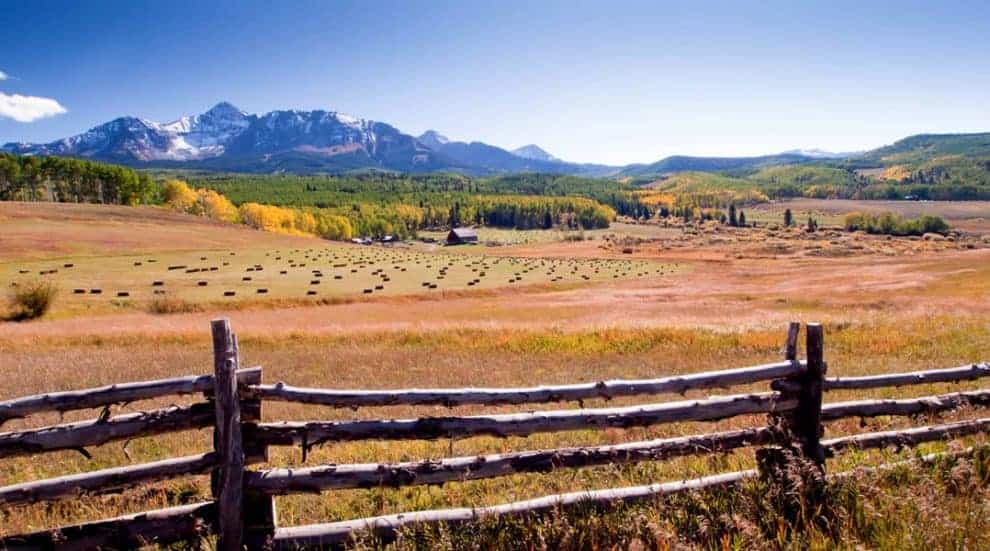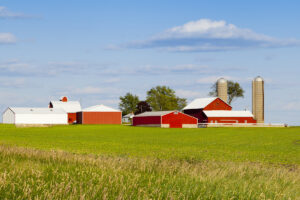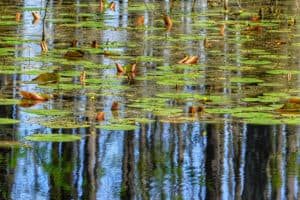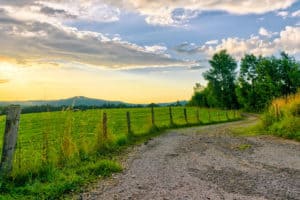America’s ranch and farm land is disappearing at a rapid rate. That makes it even more important to preserve it. More than 40 acres of ranch and farm land is bulldozed, paved and developed every hour. That land, that is now gone forever, is an irreplaceable natural resource responsible for many important factors that play into our everyday life.
- The food we eat. Losing this land means we face a future where our ability to feed our families is compromised.
- Rural heritage. What will we pass on to our next generation and beyond?
- Our wildlife. More than half of our protected species use private working lands for 80 percent of their habitat.
- Environmental quality. Bulldozing and paving our land negatively impacts our clean water and air. Ranch land also helps control flooding and allows for groundwater recharge.
- Economic support. Ranches and farms support local economies through job creation, sale of goods and support services.
There are many things that are contributing to the U.S. losing ranchland: development, poor planning and tax burdens are just a few. In order to protect our land, there are things we can start doing to make sure we don’t run out of this valuable resource.
- Conservation easement. This is a voluntary, legal agreement between a landowner and a land trust or government that permanently limits uses of the land in order to protect its value. Landowners can continue to use their land and they can sell it or pass it along to heirs. The restrictions will remain. If you need to sell, but don’t want it destroyed by development, a land trust can step in to place an easement on it.
- Donation of land for conservation. Your land trust can work with you to identify the best arrangement option. The land trust can retain ownership of the property or transfer it to a suitable owner. Donating land can also be tax deductible as a charitable gift.
- Trade lands. Trade lands are properties that are donated to a land trust to specifically be sold with the proceeds going to the land trust. When the trust ends, the remaining assets go to the land trust.
The bottom line is that they aren’t making more land. Protecting our land is the only way to ensure its longevity for future generations to enjoy.
This content may not be used or reproduced in any manner whatsoever, in part or in whole, without written permission of LANDTHINK. Use of this content without permission is a violation of federal copyright law. The articles, posts, comments, opinions and information provided by LANDTHINK are for informational and research purposes only and DOES NOT substitute or coincide with the advice of an attorney, accountant, real estate broker or any other licensed real estate professional. LANDTHINK strongly advises visitors and readers to seek their own professional guidance and advice related to buying, investing in or selling real estate.










Add Comment